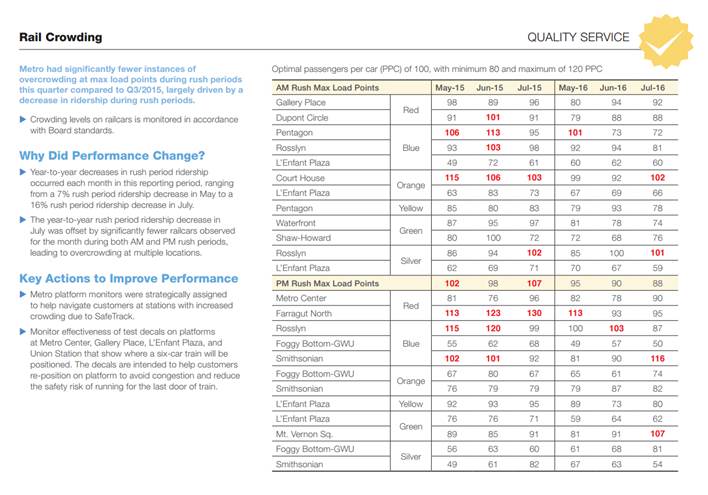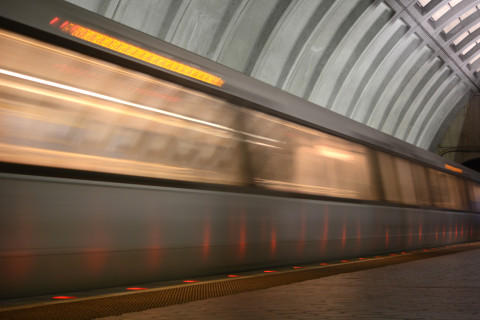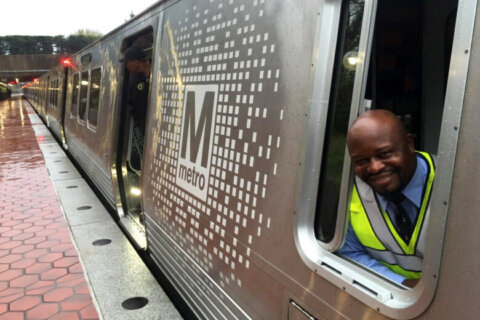WASHINGTON — With fewer people riding Metro, rail cars are less crowded across much of the system, at least when Metro is running at full strength.
In July, even with fewer riders, Metro had so many rail cars out of service for repairs that several locations had overcrowded trains.
Metro found overcrowding on Orange Line trains at Court House, on the Silver Line at Rosslyn, the Blue Line at Smithsonian and the Green Line at Mt. Vernon Square.

But aside from rail car problems, many trains have been much less crowded.
According to Metro’s latest quarterly Vital Signs report, “Metro had significantly fewer instances of overcrowding at max load points during rush periods this quarter compared to Q3/2015, largely driven by a decrease in ridership during rush periods.”
“Year-to-year decreases in rush period ridership occurred each month in this reporting period, ranging from a 7 percent rush period ridership decrease in May to a 16 percent rush period ridership decrease in July,” the report read.
Declining ridership is one reason Metro General Manager Paul Wiedefeld has included proposed service cuts at all times of day in the budget proposal that he officially presents Thursday.
A decrease in late-night riders, as Metro has increased wait times and track work, is also among the justifications he has cited for his push to cut back on late-night and weekend service.
A number of Metrobus routes remain very crowded, including the 16th Street Northwest, 14th Street Northwest, Georgia Avenue Northwest and H Street Northeast lines in the District; the Viers Mill Road, Georgia Avenue and New Hampshire Avenue lines in Maryland, and the Ballston-Farragut Square and Lincolnia-North Fairlington lines in Virginia.
According to the report: “Bus customer satisfaction significantly decreased when compared to Q3/2015 due to inconsistent service delivery. In like manner, rail customer satisfaction was well below target as less than half of rail customers perceive service as reliable.”








